
DJI Neo: the ultralight is 4K and costs little!
It can be said that DJI successfully covers all categories of drones, from consumer drones that do not require a license (weighing less than 250 grams) to professional drones, not only for filming, but also for monitoring and agriculture.
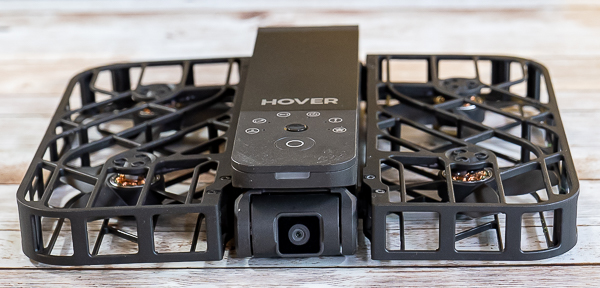
But there was one piece missing, the only one where perhaps we have seen a 'dangerous' competitor grow in recent years. We are talking about the segment of ultralight , of the pocket drones , those that can also be used without a dedicated radio control for short shots.
DJI Neo: The Ultralight 4K
DJI Neo: The Super Light Drone That Was Missing
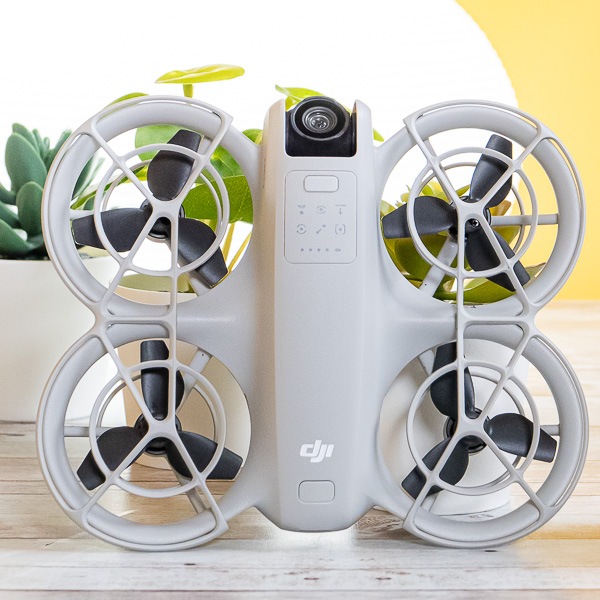
Today DJI fills this gap and presents DJI Neo , once again raising the bar in the industry.
Among vloggers and YouTubers, Hover has had a lot of success in recent times, with its products such as the Air X1.
The fundamental characteristic of this type of drone is its simplicity: given their featherweight and protected propellers, they can be used anywhere and allow you to film even complex movements without using a radio control.
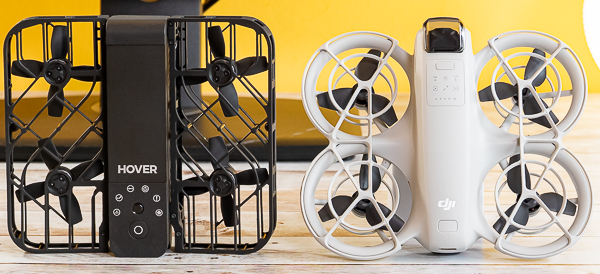
DJI Neo attacks this sector and as always it comes with some tricks up its sleeve. We are talking about a drone weighing only 135 grams (it is the lightest and most compact of the DJI range) capable of shooting videos 4K 30p and Full HD 1080p at 60 fps . For comparison, the competitor Hover stops at 2.7K format. The videos are stabilized with DJI technology Rock Steady with HorizonBalancing , really effectively.

The 1/2" format sensor also takes photographs from 12 megapixel resolution. DJI also raises the bar on the autonomy front. If the competitor Hover Air X1 declared 11 and a half minutes of flight time, DJI Neo uses a large battery, capable of bringing the autonomy up to 18 minutes .
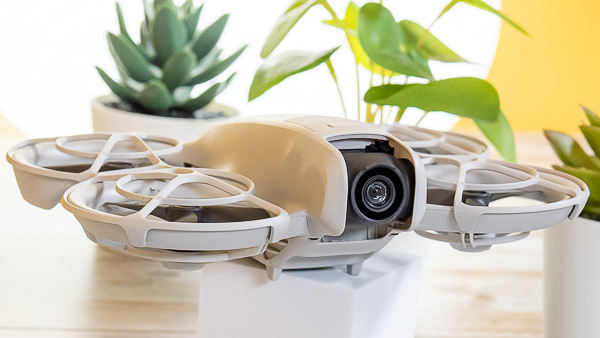
In terms of weight, the Hover Air X1 tips the scales at 125 grams (10 less than the DJI Neo), but part of the additional weight probably lies in the battery capacity.
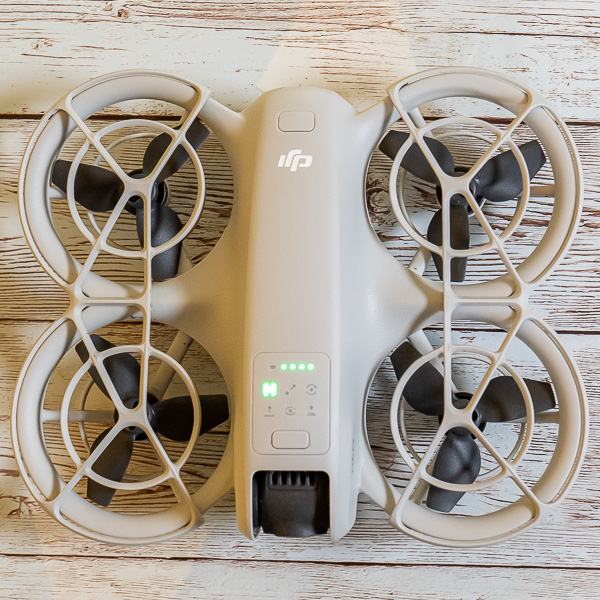
Compared to the Hover Air X1, DJI has chosen not to focus on the foldable design: in the end the dimensions are not very different and - frankly - between the two solutions, the one DJI looks more solid , given the monolithic design.
It also works without a remote control
As mentioned, DJI Neo is designed to be a very simple drone to use and, like its competitor, it can be turned on, taken off and left to film autonomously by tracking the subject. DJI Neo allows 6 automated shots :
- Dronie : The aircraft moves backwards and upwards, with the camera locked on the subject, while recording a video
- Circle : The aircraft rotates around the subject
- Ascent : The aircraft ascends with the camera facing downwards
- Spotlight : The drone rotates to keep the object of interest in the center of the frame
- Spiral : The craft ascends in spirals around the subject
- Boomerang : The drone moves around the subject following an oval path, rising as it moves away from the starting position and descending as it comes back.
From the app, the maneuvers are customizable in terms of distance from the subject and height. As always at DJI, the flight operation is excellent and the shots are of quality. In the lower part of the drone we find Infrared optical positioning sensors , for hovering flight and automatic return function is not missing RTH in case of problems.
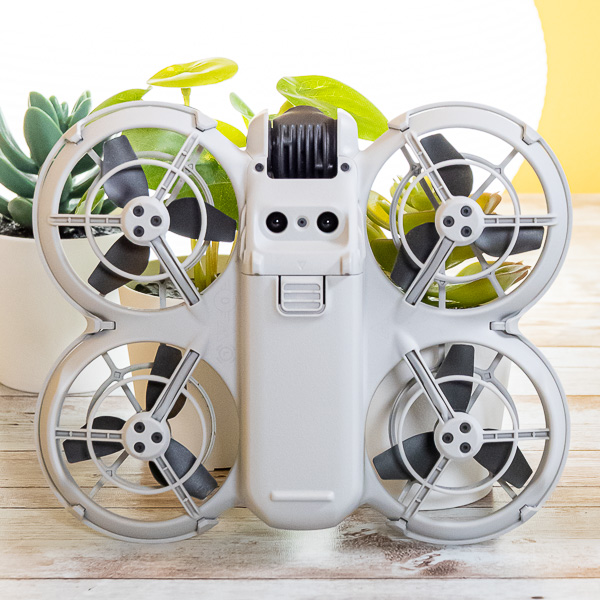
The internal memory of 22 GB (Hover Air X1 offers 32 GB) allows you to save up to 40 minutes of video in 4K/30 fps format or up to 55 minutes of video in 1080p/60 fps format. Of course we only find the MP4 H.264 format and there are no Log or 10-bit formats.
Very useful for instant sharing is the fact that there is no need for additional data cables to transfer footage; simply connect to a smartphone via Wi-Fi and footage can be quickly transferred to the DJI Fly app, allowing for post-production and sharing on the go.
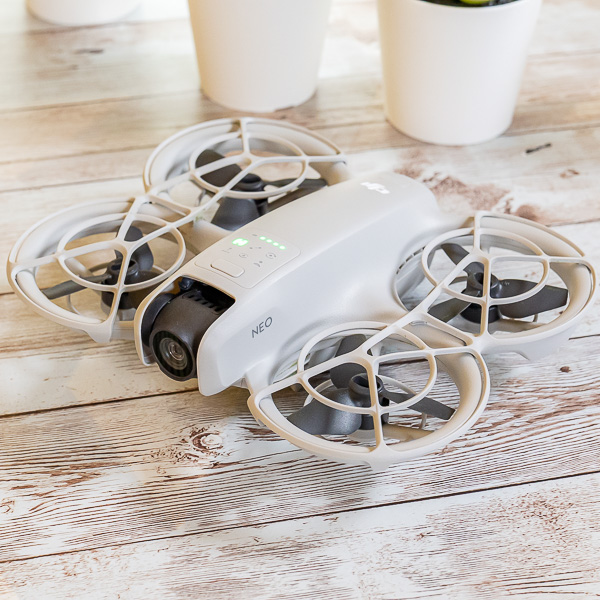
Not just video. You can also easily record audio by connecting Neo to a smartphone. Simply press the audio recording button on the DJI Fly app to start recording through your phone's microphone. For those looking for additional audio quality, the DJI Microphone 2 can be used via a Bluetooth connection.
To charge, simply connect DJI Neo directly to a power source using a cable. USB-C . Additionally, DJI Neo’s two-way charging hub can charge three batteries simultaneously.
DJI Neo: OK the price is right
What is surprising about DJI Neo is certainly the price: it costs less than half of Hover Air X1. We are talking about 199 euros for the basic version , against a list price of 469 euros.
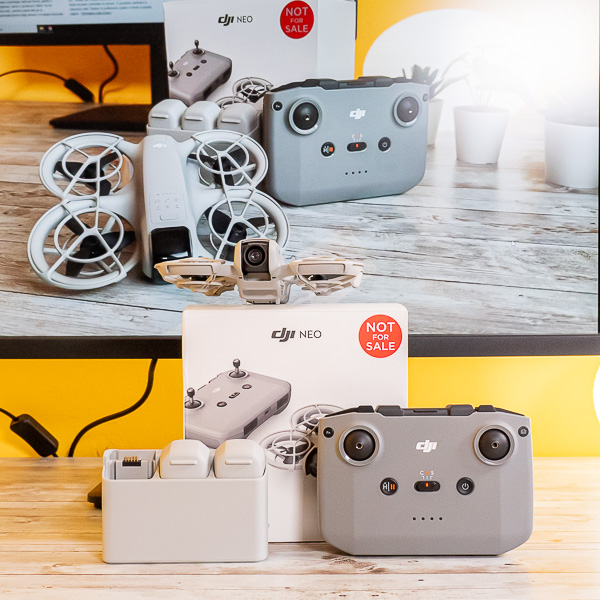
In addition the kit Fly More Combo , with the new DJI RC-N3 remote control (the one that uses a smartphone as a display), three batteries and a charging hub is offered at 349 Euro .
This is a very interesting bundle, which allows you to expand the possibilities of use beyond automated maneuvers and guidance via the DJI Fly app on your smartphone. In addition, the remote control can also be useful for guiding other drones, in case you want to take a step forward and add a DJI Mini and Mavic to your kit.
Once again, with DJI Neo, the Chinese company has played an important role and repelled the attacks of its competitors, with a very successful product that is definitely interesting for a very large segment of the public.


 https://www.instagram.com/3digital.tech/
https://www.instagram.com/3digital.tech/